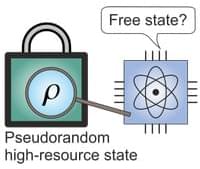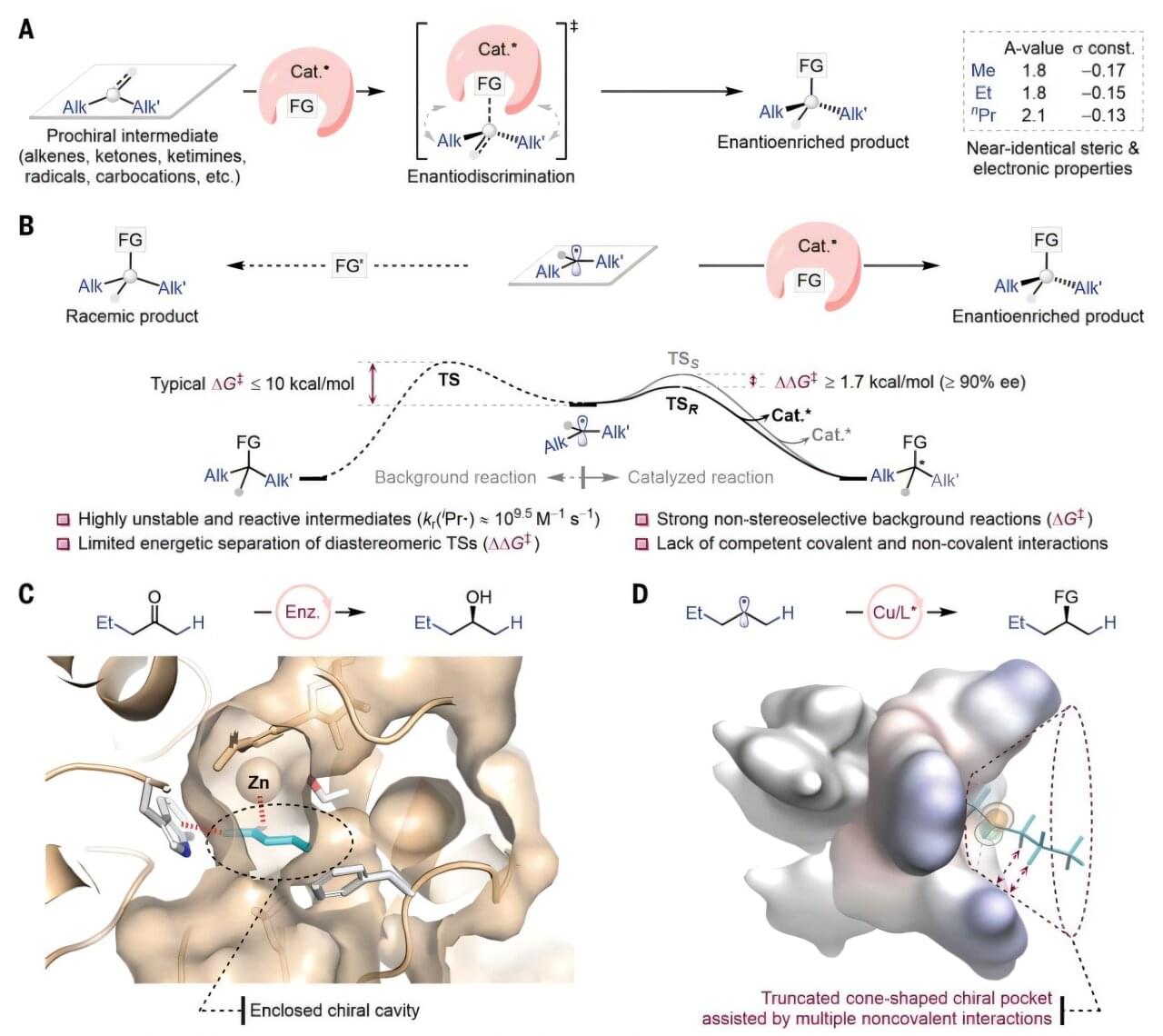More than 20 Democratic lawmakers from 17 states are launching a group to advocate for basic income programs.
“Cast was an AI agent before we started talking about that technology, you know. They’ve just been building this type of automation for a long time.”
Scientists looking to tackle our ongoing obesity crisis have made an important discovery: Intermittent calorie restriction leads to significant changes both in the gut and the brain, which may open up new options for maintaining a healthy weight.
Researchers from China studied 25 volunteers classed as obese over a period of 62 days, during which they took part in an intermittent energy restriction (IER) program – a regime that involves careful control of calorie intake and relative fasting on some days.
Not only did the participants in the study lose weight – 7.6 kilograms (16.8 pounds) or 7.8 percent of their body weight on average – there was also evidence of shifts in the activity of obesity-related regions of the brain, and in the make-up of gut bacteria.
Team led by neuroscientist used stem cells originating from Alvin Lucier’s blood to create sound installation
A framework of pseudorandomness for mixed states is introduced, with implications on how efficiently one can test, or observe, entanglement, magic, and coherence.
Researchers have discovered a way to make tiny robots act like a material, mirroring embryonic tissue cells to adjust their structure on command.
Advances in materials and architecture could lead to silicon-free chip manufacturing thanks to a new type of transistor.
The best local & breaking news source in the US, featuring local weather, alerts, deals, events and more.
TARA-002 Overview TARA-002 is an investigational cell therapy in development for the treatment of non-mu…
A team of chemists at Southern University of Science and Technology, working with a colleague from Zhejiang University, both in China, has engineered a metal–ligand complex that incorporates a reactive pocket to pre-organize prochiral substrates. Their paper is published in the journal Science.
Carbon radicals are being used as an intermediate in a variety of synthetic transformations. Because they have just one electron, they tend to be highly reactive, allowing for speedy reactions with little energy release.
Unfortunately, when working with prochiral substrates, where three different groups are attached to a single radical center, the ability to control the reaction becomes untenable. Prior research has shown that the underlying cause of these difficulties lies with the differences inherent in the alkyl group, where non-stereoselective reactions tend to dominate.








